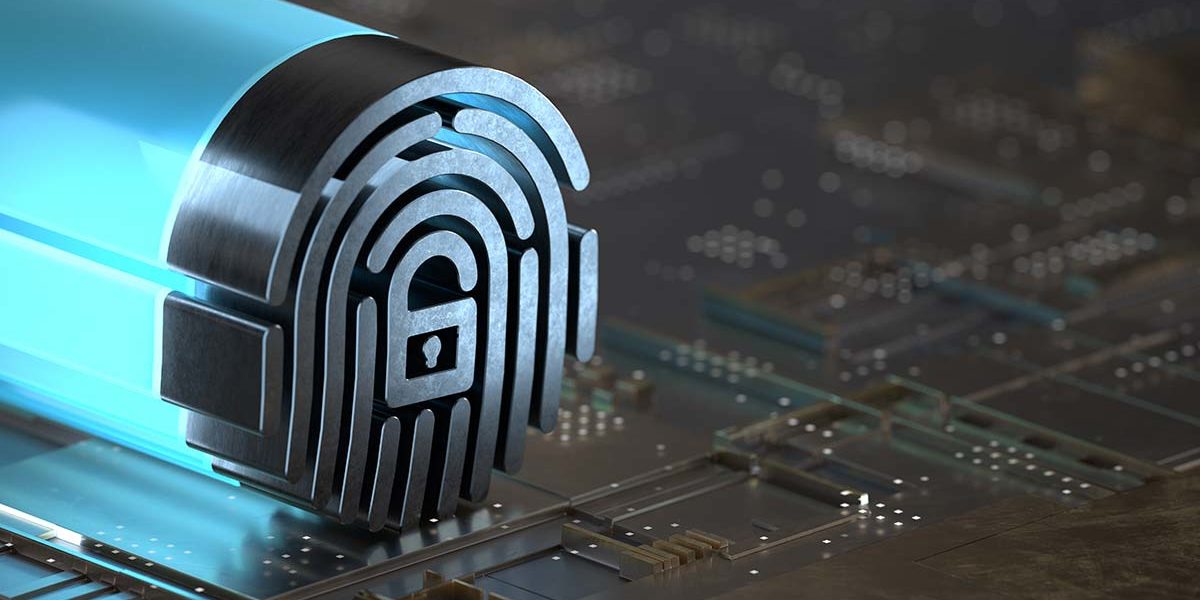The Trade Secret Act (GeschGehG) covers information that has a certain economic value, such as profit and sales figures, but also technical know-how. According to Sec. 2 No. 1 GeschGehG, this information is only protected as business secrets as long as it is, firstly, not generally known or readily accessible, secondly, is the subject of the circumstances according to appropriate confidentiality measures and, thirdly, a legitimate interest in the secrecy exists.
This sometimes leads to a dilemma in commercial litigation proceedings. In order to defend against the allegation of patent infringement, for example, it must be demonstrated and, if necessary, proven that the contested embodiment does not infringe the patent, which could make it necessary to submit construction drawings. In trademark infringement proceedings, a defence against the trademark in suit is that it is not used at all or that it has no distinctive character, which requires the plaintiff and counter-defendant to submit sales figures or information about the advertising expenditure so as not to lose the trademark in addition to the process.
In copyright law, on the other hand, it can only be proven by submitting the source code to prove that software does not infringe the copyright.
If one of the parties decides to meet its burden of proof, it will lose its trade secret, because:
- court hearings are public. That means, when the evidence is discussed, the information that is actually required to be kept secret becomes known to the public present.
- the information that is actually to be kept secret finds its way into the court files, which in turn are fundamentally the subject of claims under the freedom of information laws.
- the evidence is also passed on to the other party – which can result in an enormous gain in knowledge for them, which is sometimes more important than a won trial.
So what to do? Leave it be and rather protect trade secrets then take action against infringers?
There is a solution: “Appropriate confidentiality measures”, like
- requesting the partial exclusion of the public
- marking the trade secret as such (in the explanations on the trade secret in the written pleading as well as in the corresponding annex)
- seeking to conclude a confidentiality agreement with all parties involved in the process
Further information on this topic are summarised in our article first published in German in the Intellectual Property Magazine.
For details on how to protect business secrets in the best possible way while also meeting the burden of presentation and proof, reach out to us.
About the author(s)
Gowling WLG is an international law firm operating across an array of different sectors and services. Our LoupedIn blog aims to give readers industry insight, technical knowledge and thoughtful observations on the legal landscape and beyond.

